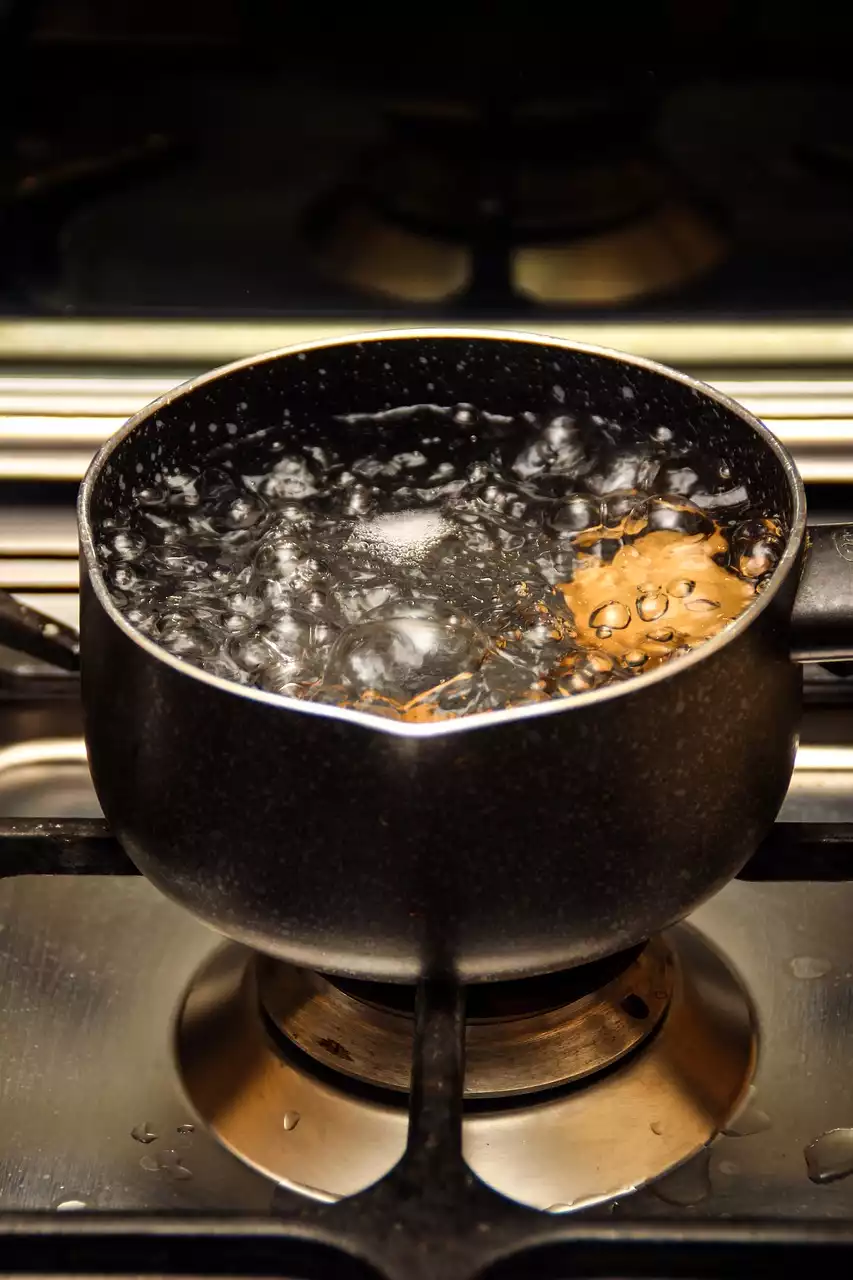Cooking vegetables is a delicate art that can greatly affect their flavor, texture, and nutritional value. Blanching and boiling are two popular methods for cooking vegetables, but each has its own unique advantages and disadvantages. In this article, we will compare the pros and cons of blanching and boiling and provide recommendations for when to use each method to achieve the best results.
Blanching
Blanching is a cooking method that involves briefly immersing vegetables in boiling water, followed by immediately cooling them in ice water. The purpose of blanching is to preserve the color, texture, and nutrients of vegetables while making them tender. Blanching is particularly useful for vegetables that have tough skins or are prone to discoloration.
One of the biggest benefits of blanching vegetables is that it preserves their color. This is because blanching quickly cooks the vegetables without overcooking them, which can cause discoloration. Another advantage of blanching is that it preserves the texture and nutritional value of vegetables. Blanching can help to reduce the loss of vitamins and minerals that can occur during cooking.
To blanch vegetables, first, bring a large pot of water to a rolling boil. Add the vegetables and cook them for 1-3 minutes, depending on the type and size of the vegetable. Use a slotted spoon or strainer to remove the vegetables from the boiling water and immediately transfer them to a bowl of ice water. This will stop the cooking process and prevent the vegetables from becoming overcooked.
Vegetables that are commonly blanched include green beans, broccoli, asparagus, and carrots. Blanching is also used for blanching vegetables before freezing them for later use.
Boiling
Boiling is a cooking method that involves immersing vegetables in boiling water and cooking them until they are tender. Boiling is a popular cooking method because it is convenient and easy to prepare. However, boiling can have some drawbacks, such as causing the loss of nutrients and overcooking the vegetables.
One of the benefits of boiling vegetables is that it is convenient and easy to prepare. To boil vegetables, simply bring a pot of water to a rolling boil, add the vegetables, and cook them until they are tender. However, one potential drawback of boiling is that it can cause the loss of nutrients in vegetables. This is because some vitamins and minerals are water-soluble and can be lost when the vegetables are cooked in water.
To avoid overcooking vegetables when boiling, it is important to monitor them closely and remove them from the boiling water as soon as they are tender. This can help to preserve their texture and prevent them from becoming mushy.
Vegetables that are commonly boiled include potatoes, corn, and beets.
Comparison of Blanching and Boiling
When it comes to cooking vegetables, both blanching and boiling have their advantages and disadvantages. In terms of preserving color, texture, and nutrients, blanching is generally the better method. Blanching quickly cooks vegetables, which helps to preserve their color and texture. Additionally, blanching can help to reduce the loss of vitamins and minerals that can occur during cooking.
In terms of convenience and ease of preparation, boiling is generally the better method. Boiling is a simple and straightforward method that can be used to cook a wide variety of vegetables. However, it is important to monitor the vegetables closely to prevent them from becoming overcooked.
The effects of blanching and boiling on different types of vegetables can vary. For example, blanching is generally a better method for preserving the color and texture of green vegetables, such as green beans and asparagus. On the other hand, boiling is often the preferred method for cooking root vegetables, such as potatoes and beets.
Which Method to Choose
When choosing between blanching and boiling, there are several factors to consider. The type of vegetable is an important consideration, as some vegetables are better suited for blanching, while others are better suited for boiling. The desired outcome is also an important consideration. If you want to preserve the color and texture of the vegetables, then blanching is generally the better method. If you want a simple and easy method for cooking vegetables, then boiling may be the better choice.
Personal preference is also an important factor to consider. Some people may prefer the taste and texture of vegetables that have been blanched, while others may prefer the taste and texture of vegetables that have been boiled.
Conclusion
In conclusion, both blanching and boiling are popular methods for cooking vegetables, but each has its own unique advantages and disadvantages. Blanching is generally the better method for preserving the color, texture, and nutrients of vegetables, while boiling is a more convenient and easy method for cooking vegetables. When choosing between blanching and boiling, it is important to consider the type of vegetable, the desired outcome, and personal preference. By following these guidelines, you can achieve the best results when cooking vegetables using blanching or boiling methods.








